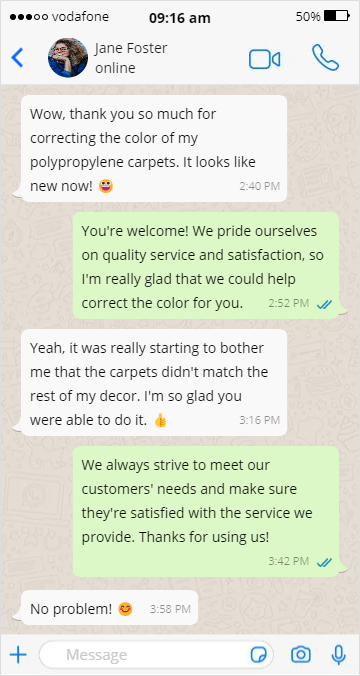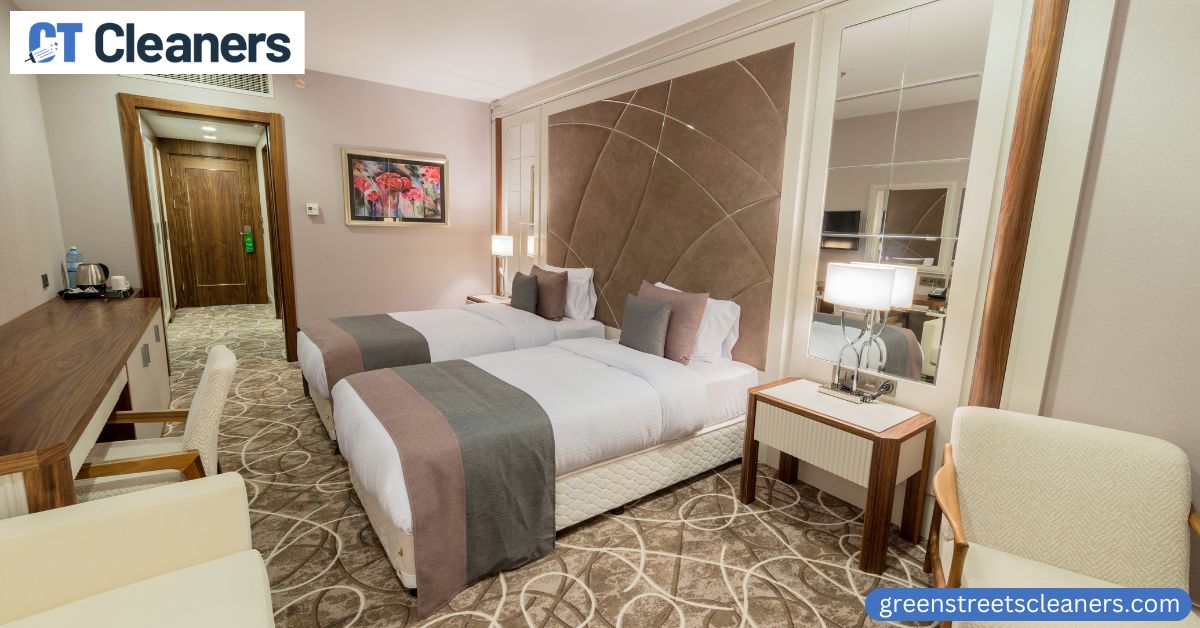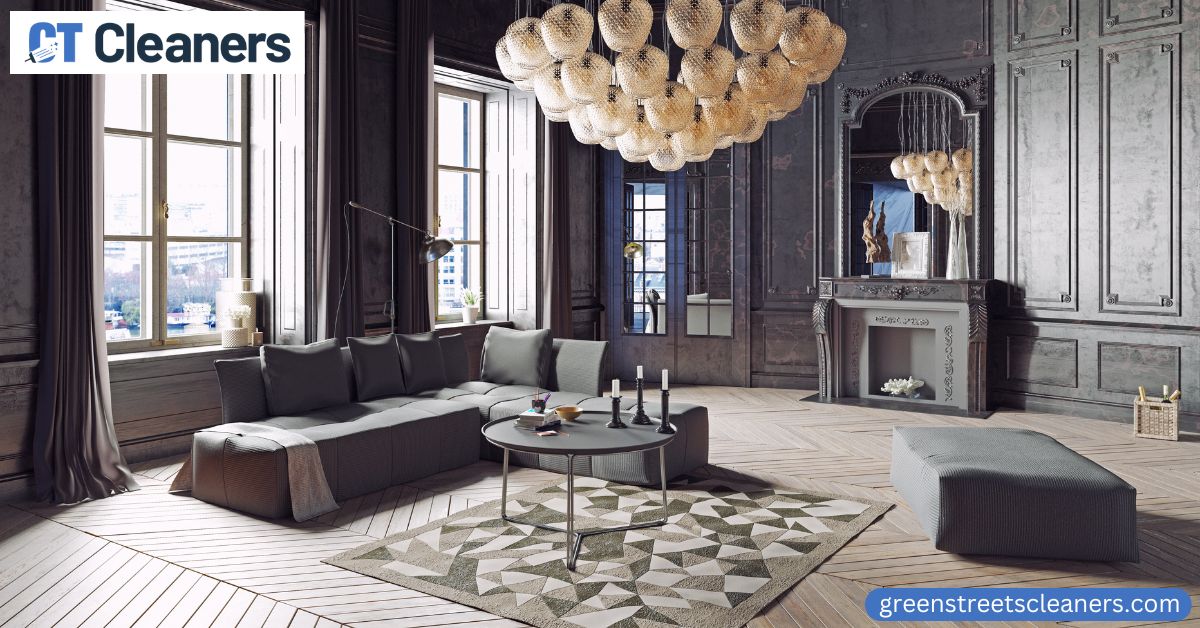Whether you’re looking to spruce up an existing space or create a completely new look. Color correction techniques can be used to make polypropylene carpets look their best.
Color correction is the process of altering the colors in a carpet, usually through dyeing or bleaching, to blend with other furnishings and décor. It can also help restore faded and discolored carpets to their original appearance.
While there are various types of color correction available for polypropylene carpets. Understanding which technique works best for your situation is key to achieving successful results.
This blog post delves into the complexities of color-correcting polypropylene carpets, including different types and their respective benefits. We will also present some maintenance tips to ensure your newly corrected carpet remains beautiful for years to come!
Through this article, you’ll gain an understanding of the factors affecting color correction in order to make a considered decision on which type is best suited for your needs.

Factors affecting Color Correction in Polypropylene Carpets
When dealing with polypropylene carpets, it’s important to understand the variety of factors that affect color correction. Sun exposure and light in general can cause polypropylene rugs to fade and discolor over time.
Proper care and maintenance should be taken to ensure that your polypropylene carpet maintains its original color. Too much heat or moisture can also lead to fading, which is why polypropylene carpets should be kept away from sources of high humidity or temperature.
Additionally, polypropylene rugs are prone to staining due to their low surface friction and fiber density, so regular cleaning is recommended to maintain an attractive appearance. By understanding each of these factors, you will be able to preserve the original beauty of your polypropylene rug for many years.

Types of Color Correction Techniques
Color correction is an important part of the post-production process for all types of media, from film to television and photography. It involves adjusting the color balance, brightness, and contrast of a shot or image in order to achieve the desired result.
Color correction techniques can be applied manually or with specialized software tools, depending on the project requirements. This article will explore some of the most commonly used color correction techniques that you should know about if you’re looking to improve your workflows.
- Levels adjustment: adjusting the brightness and contrast of an image, often using a histogram to represent the distribution of colors.
- Curves adjustment: using a curve graph to fine-tune brightness, contrast, and color balance in an image.
- Balance correction: adjusting the balance of colors in an image, such as correcting a yellowish or blueish tint.
- Hue and saturation correction: adjusting the hue (or color) and saturation (or intensity) of an image to achieve the desired color palette.
- Color grading: adding a specific look or style to an image, such as a “vintage” or “teal and orange” effect.
- White balance correction: adjusting the white balance of an image to ensure that whites appear as true white, rather than yellow, blue, or any other color.
- LUTs (Look-Up Tables): using a pre-defined table of colors to correct or grade an image.
- Selective color correction: adjusting the color in specific parts of an image, such as the skin tones or background.
- Color matching: matching the color of one image to another, such as matching the color of a plate shot in a studio with a background shot on location.
Advantages and Disadvantages of Color Correction Techniques
In the post-production process of filmmaking and video production, color correction is an essential part. By adjusting brightness, contrast, saturation, and other elements in digital images or footage you can improve not only its aesthetic look. But also correct technical issues such as casts caused by lighting conditions.
Color correction techniques are thus indispensable for achieving a polished visual outcome that stands out from the crowd. While these techniques offer many advantages to filmmakers and videographers.
They also have some disadvantages that should be taken into consideration before deciding whether or not to use them. In this article, we will discuss the advantages and disadvantages of various color correction techniques so you can make an informed decision about how best to approach your project.
| Technique | Advantages | Disadvantages |
| Manual Correction | Flexibility and precise control over the final image. |
Time-consuming, and requires a skilled color correction artist.
|
| Automatic Correction | Fast and convenient, suitable for large volume processing. |
Lack of precision and control may result in over-correction or under-correction.
|
| LUTs (Look-Up Tables) | Versatile allows for easy collaboration and sharing of correction settings. |
Limited control over the correction process, may result in over-correction or under-correction.
|
| Color Grading Software | Provides a wide range of correction tools and features, and offers precise control over the correction process. |
Can be complex to use, and requires a certain level of skill and experience to master.
|

Considerations for choosing the Right Color Correction Technique
Choosing the right color correction technique for polypropylene carpet cleaning is essential for achieving an effective result. When considering a color correction technique, it’s important to take into account the current condition of the polypropylene carpet.
Desired color change required, and the maintenance plan following the application of the technique. It is also important to consider whether or not lightening or darkening is needed. Which will inform the choice of product used in order to achieve the desired look.
Additionally, budget constraints should be assessed since some color-correcting products can be costly. Doing research beforehand and discussing options with a carpet cleaning professional. Are key steps in selecting the appropriate color correction method for polypropylene carpets.
“I was worried my polypropylene carpets would never look the same, but I’m so thankful that I decided to hire CT Cleaners for color correction services. They did a fantastic job and made sure that all of my carpets looked just as good as new!”
– James P., Sasco
Maintenance and Care for Color Corrected Polypropylene Carpets
Due to the color-corrected nature of polypropylene carpet, proper maintenance and care is key to ensuring it looks great for years to come. If a carpet stain has been left unattended for more than a few days, carpet cleaning is recommended.
Products such as rug stain remover or additional carpet spot cleaners can be gently applied to remove stubborn stains and debris. Day-to-day cleaning should be done with regular vacuuming.
And CT cleaner – made specifically for dyes that prevent fading – when mopping the floors. Overall, by utilizing the knowledge of carpet care above. Your polypropylene carpet will remain in tip-top shape and preserve its original beauty for years to come.
In conclusion, color correction techniques for polypropylene carpets can use to restore faded and discolored carpets back to their original appearance.
Different types of color correction have different benefits. Making it important to understand the factors affecting each technique before selecting which one is best suited for your needs.
Additionally, proper maintenance and care are essential. In order to ensure that the newly corrected carpet remains beautiful for years to come.
With knowledge of these principles under our belt. We should now be better equipped with an understanding of how we can achieve successful results when dealing with polypropylene carpets!







